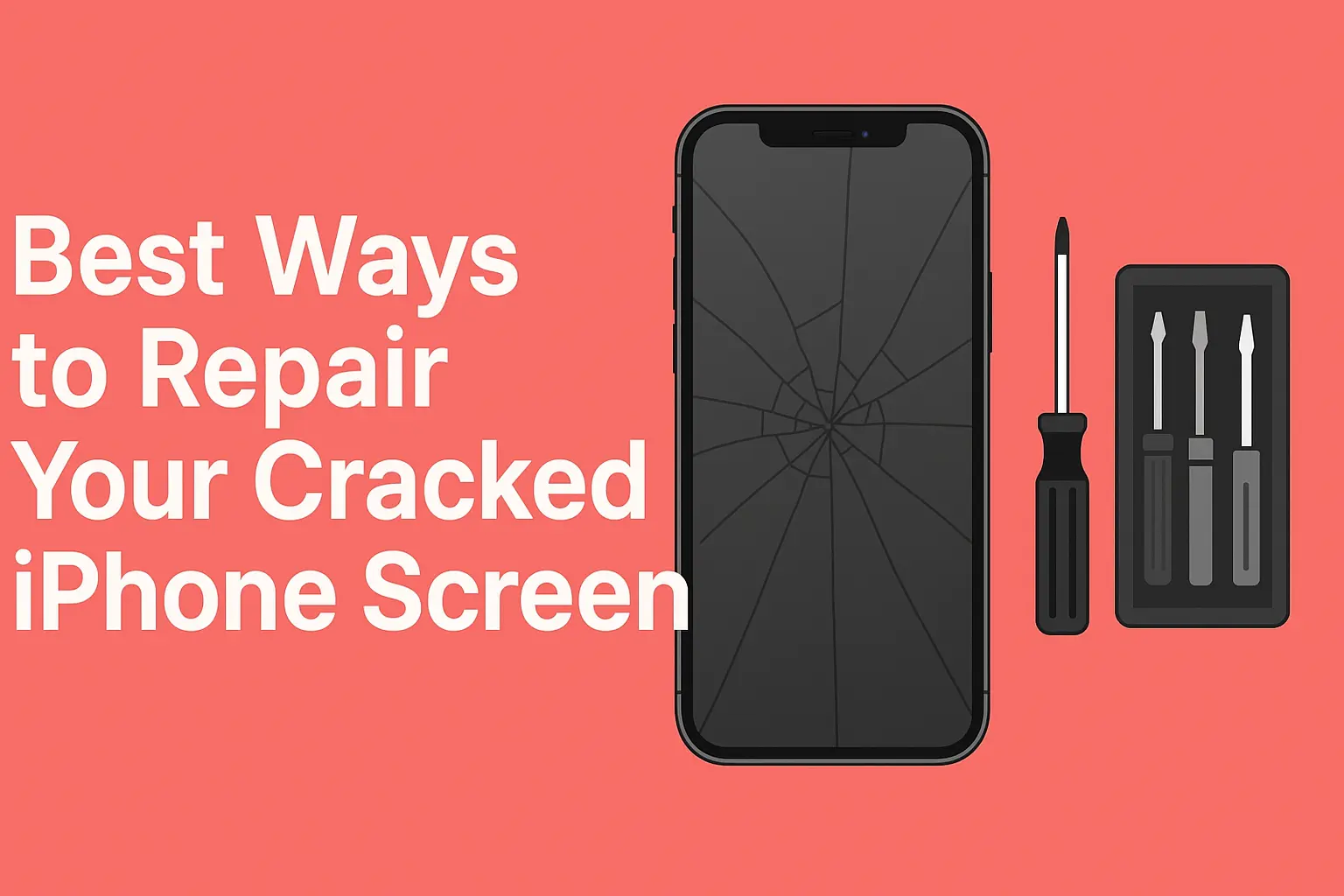The cell phone has a history that has been all about innovation. We had landlines before the cell phone, and those stayed in one place. If you weren’t home, you couldn’t answer the phone.
Cell phones solved the problem by making it possible for individuals to communicate wherever they found themselves. Cell phones progressed with the addition of text messages, cameras, and the use of the internet as the years progressed. Smartphones are a normal part of everyday life nowadays.
The first cell phones were quite different from the sleek, intelligent phones we all carry with us nowadays. They were heavy, clunky, and had awful battery life. But they set the stage for wireless communications, which spawned the cell phone technology we all enjoy today.
Who Invented Mobile Phones in Which Year?
Martin Cooper invented the cell phone in 1973. Martin Cooper was a Motorola engineer, and he envisioned creating a phone that anyone could carry anywhere. Phones during this time period had to be plugged into landlines, and the portable model had yet to be created at that moment in history.
Cooper entered the pages of the record books on April 3, 1973, when he made the first cell phone call on New York City streets. He called Joel Engel, a rival at Bell Labs, to inform him that he had successfully designed the first cell phone that functioned.
While Cooper created the mobile phone in 1973, it wasn’t until 10 years later that it was made commercially available. The very first commercially available mobile phone hit the market in 1983, and the mobile revolution began.
What Was the First Phone Called?
The Motorola DynaTAC 8000X was the original cell phone. This phone, as impressive as it was technically, wasn’t perfect by any means.
The Motorola DynaTAC 8000X had a weight of approximately 2.5 pounds (1.1 kg). The phone had the “brick phone” nickname due to its size. The phone had a long antenna, a simple keypad, and did not have a display. You could make and answer calls but nothing else, like sending messages or surfing the internet, could be accomplished with the phone.
Early mobile phones including the Mobira Senator suffered from a critical drawback which was short battery duration. The charging process for the battery required around 10 hours but the phone functioned for only thirty minutes before draining out completely. The bulkiness of Mobira Senator along with its limited use time was outweighed by its ability to revolutionize future mobile communication systems.
The evolution of smartphones during modern times produced significant improvements in performance. The new generation of tech products from Samsung provide users high-performance capabilities in elegant and portable devices. The benefits of Samsung repair services have become available to users which stands as a dream for users of early mobile phones.
Its price, around $4,000, limited it to the business class and the wealthy alone. In spite of the prohibitive price, it was a significant step towards the mass commercialization of cellular phones.
When Was the First Cell Phone Introduced?
The public introduction of the very first cell phone in the form of the Motorola DynaTAC 8000X happened in the year 1983. However, cellular communications technology had already been operational for several years before that.
Engineers in the 1940s were experimenting with wireless communications, but the first cell phones were huge and mounted in cars only. The first phones used the transmission of radio waves to communicate with telephone networks.
By the 1950s and the 1960s, the technology had become advanced enough that more efficient communications were possible, but the phones were still too cumbersome and expensive to be owned by an individual. This all changed with the DynaTAC 8000X, released in the year 1983, when for the first time, individuals could own and carry their own personal cell phone.
Early Portable Phones: The First Cellular Phones
The mobile phones we use today are sleek compact devices whereas their original predecessors consumed too much energy while being gigantic in size. The emergence of iPhone repair services during recent times preceded the challenges faced by early mobile technology platforms. The Mobira Senator became the first portable phone that Nokia unveiled to the market during 1982. This 22-pound (10-kg) mobile unit mainly operated in cars because of its big size but provided essential progress for mobile telephone systems.
Technological development brought about better product portability. Cellular phones in the form of bag phones gained popularity during the late 1980s. The devices combined a receiver and electricity source with a radio antenna through a carrying case which enabled mobile operations compared to previous versions although they still remained bulky. The early innovations led to the development of pocket-friendly smartphones which technicians and specialized iPhone repair services maintain through repair and upgrade work.
The ’80s Phone: The Beginning of Cell Phone Usage
The phones in the 80s were simple as we measure them against the smartphone technology that we enjoy today, but at that time, they revolutionized the market. They were heavy, big, and had the only purpose to make calls alone. They didn’t even possess screens, cameras, and the option to send messages.
Most models in the 80s had analog technology, with low quality calls that had recurring signal issues. The calls would sometimes disconnect, and cell phone reception was scanty. Since the cell phone was expensive, only businesspeople and government officials could afford it.
Despite all these problems, the 80s phone era was a remarkable era in the history of cell phone communications. Cell phone networks were improved by technicians, and the service became faster and the area covered greater as a result. Cell phones became more commonly used in the late 1980s.
1990 Telephone: The Rise of Cellular Mobile Phones
The phones released during the year 1990 brought with them the use of digital technology, which substituted the traditional analog systems. This provided more quality calls, less interference, and enhanced security.
In the 1990s, cell phones became more functional with the addition of:
- Caller ID: Individuals would be able to see who called before answering.
- Call waiting: The person may be called back even if already on a call.
- Voicemail: Calls that are missed are saved to be listened to afterwards.
- Basic games: The Nokia 3310 and other phones had basic games like Snake.
The models in the year 1990 remained expensive at the beginning of the decade but gradually got cheaper, and the phones became more accessible to the masses. During the late 1990s, the cell phone had stopped being a luxury item – it had become a necessity item.
1997: The Year the Cell Phone Changed
Cell phones became more streamlined, more compact, and more user-friendly by the year 1997. Nokia and Motorola dominated the market with their slim and tough models.
One of the most recognizable cell phones during the year 1997 was the Nokia 6110. Its signature game, Snake, became the most popular cell phone game in the history of the technology. Its other notable features included:
- A monochromatic LCD display
- A more streamlined version
- Longer battery life compared to earlier models
- Call and text messaging capabilities
This year also had its importance as more and more people became able to buy mobile phones. They were not as widespread as they became subsequently, but the seeds for widespread acceptance had been planted.
Phone 90s: The New Cellular Phone Era
The cell phone during the 90s was an exciting decade for the cell phone. Phones became more efficient, less expensive, and more advanced. During the late 1990s, the cell phone had transcended being a business professional accessory – it was fast on its way to becoming a mainstream phenomenon.
Some significant developments during the phone ’90s included:
- Thin and lightweight models: Phones got thinner and lighter.
- SMS or text messages: Individuals would send brief text messages rather than calling each other.
- Monochrome screens: The phone screens featured messages and numbers on them.
- Improved battery life: Phones would last longer without having to be charged.
Nokia dominated the cell phone market during the years in question. The Nokia 3210 and the Nokia 3310 became best-selling models because of their durability and simplicity.
Early 2000s cell phones: The First Smart Features
Early cell phones in the 2000s had some of the first smart capabilities available on a cell phone. They were not the smartphones we use today, but more advanced than the ones that had come before them.
Some of the key innovations in cell phones in the early 2000s were:
- Flip and slide models: Stylish new models came along with the Motorola Razr and the Nokia 7650.
- In-built cameras: The phones had VGA cameras, through which people could capture photos.
- Infrared and Bluetooth: People were able to send files and ringtones wirelessly.
- Basic cellular internet: Phones would be able to view WAP sites, which are simple websites.
These developments made cell phones more convenient and laid the groundwork for the smartphones we use today.
When did cell phones become popular?
Cell phones became popular in the 1990s but gained mass popularity in the early 2000s. The main causes that contributed to the expansion were:
- Reducing prices, making them more affordable to the masses
- Enhanced battery life, allowing for prolonged use
- SMS, or text messages, became an integral part of daily life
- The presence of prepaid plans, which provide cell phones without contracts
By the year 2000, almost everyone needed a cell phone. As more and more features such as color screens, cameras, and the ability to go online became the norm, cell phones became something that everyone needed, regardless of age.
The Rise of Texting and Cell Phone Use
Humans had letters, landlines, and pagers as their means of communications earlier. Text messages, which arrived in the 1990s, revolutionized the face of human communications.
Texting became one of the most popular cell phone functions within a few years. It allowed the sending of brief messages instantly, making communications efficient and convenient. Millions of messages a day were being sent by the early 2000s.
In addition to SMS, cell communications were boosted by the introduction of:
- MMS (Multimedia Messaging Service) – Allowed the sending of photos and ringtones.
- Instant messaging software – Apps like BlackBerry Messenger (BBM) made texting more interactive.
- Quicker cellular phone networks – The shift from 2G to 3G made messages and calls clearer.
Today, iMessage and WhatsApp replaced SMS, but SMS contributed to making the cell phone an integral part of day-to-day life.
You Can Also Read: 8 Steps to Fix Your Water-Damaged Phone
How the Cell Phone Changed Society
The impact of cell phones goes beyond communications. They changed the way humans live, work, and socialize. Some of the major social changes that cell phones brought about are:
- Instant connectivity – Individuals remain in contact with their family and friends at any point, anywhere.
- Emergency calls – Cell phones to the rescue during emergencies, with the ability to call for assistance instantly.
- On-the-go entertainment – Music, games, and videos available on cell phones.
- Business and work – Cell phones allowed professionals to stay in touch, even when away from the office.
Years went by, making life easier with the advancement in cell phone technology. Smartphones today are cameras, wallets, guides, and entertainment centers all rolled up in one package.
Conclusion
Years ago, the past saw massive change and growth in the cell phone industry. From the cell phones in the 80s to the smartphones that we use today, the technology has seen a massive change.
We at I Repair Zone value your cell phone. Whether you have an old cell phone or smartphone, we are committed to helping you to keep your phone in the best possible condition!











